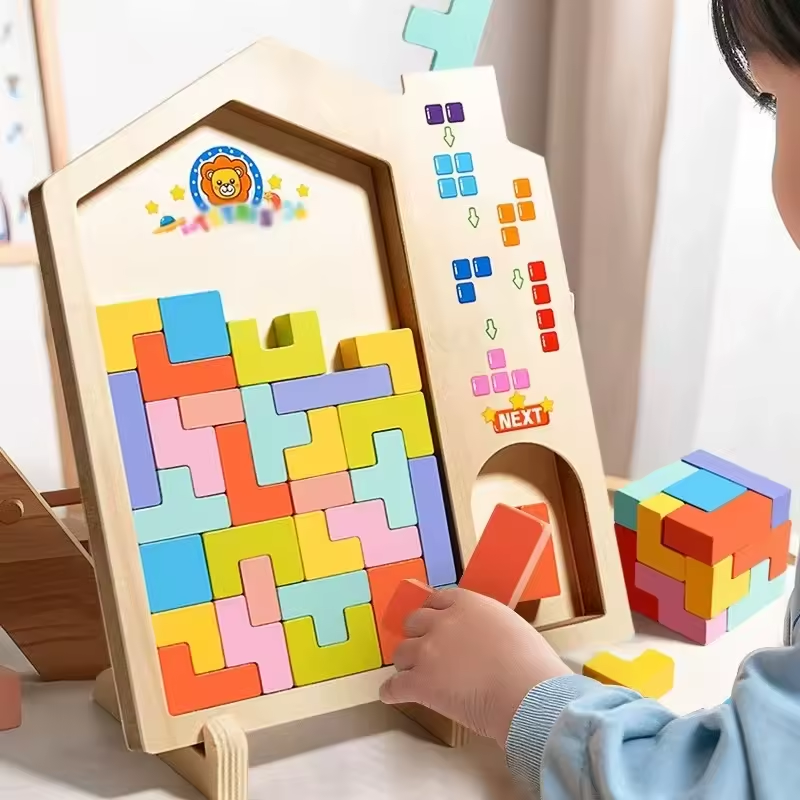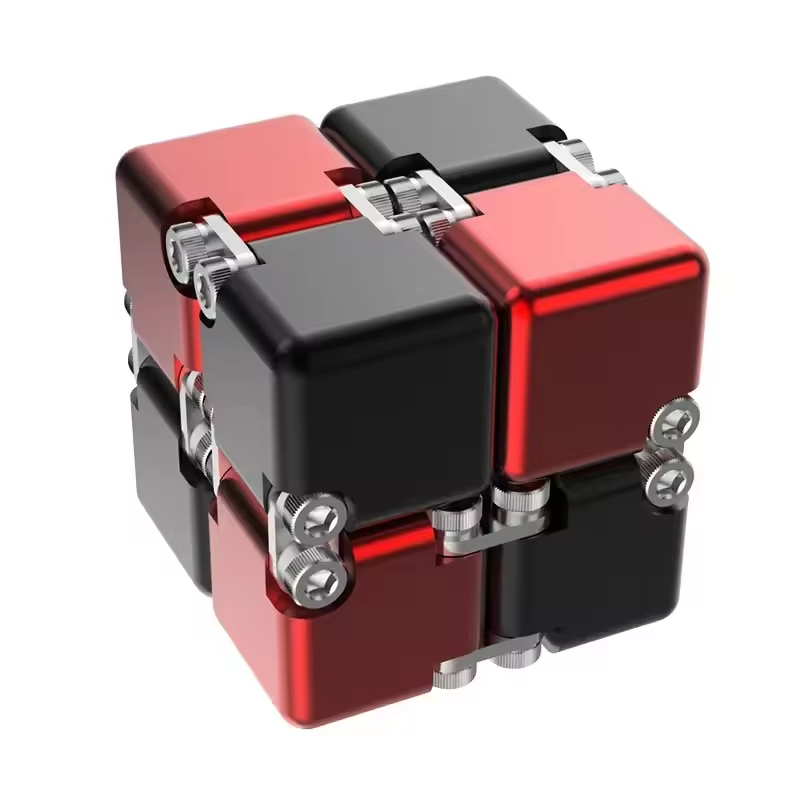Have you ever finished a board game and thought, “I could make something even better”? The world of board game design is full of creativity and endless possibilities. This article will guide you through the exciting process of crafting your own board game, from brainstorming ideas to testing your creation with friends and family.
Part 1: Spark Your Imagination
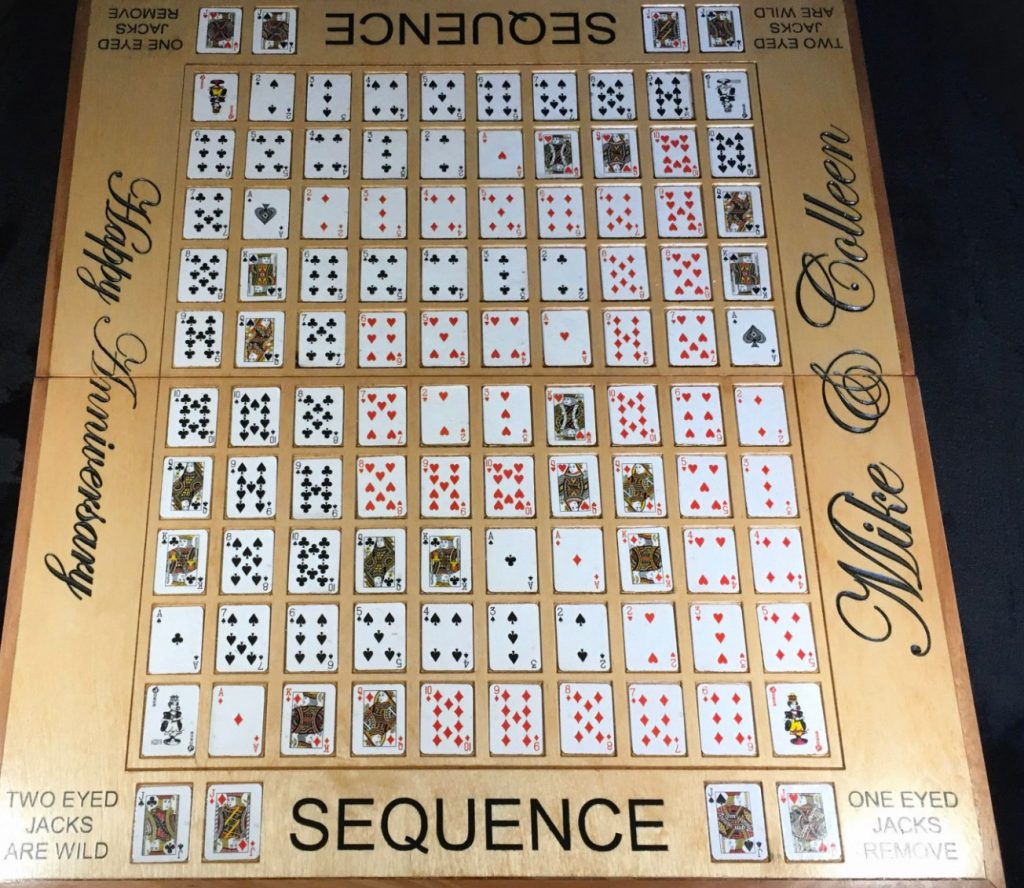
Find Inspiration:
Board games encompass a rich tapestry of genres, mechanics, and themes, offering a diverse array of experiences for players. Reflect on your favorite board games and consider the specific elements that resonate with you. Whether it’s the strategic depth of chess, the collaborative nature of cooperative games, or the lighthearted wordplay of party games, each genre presents a unique appeal. By delving into the mechanics and themes of these games, you can pinpoint the aspects that captivate and engage you, serving as a wellspring of inspiration for your own game design. Drawing inspiration from existing games can ignite fresh ideas and innovative approaches, helping you to infuse your game with a unique identity and compelling gameplay. With countless mechanics and genres to explore, take the opportunity to gather insights and spark your creativity by exploring the diverse landscape of board games.
Theme it Up!:
Incorporating a captivating theme into your game can truly breathe life into it. Whether it’s a favorite historical period, a fictional world, or even a quirky hobby that piques your interest, building your game around a theme not only adds depth and authenticity but also helps you create a more cohesive and engaging experience for the players. Setting your game within a specific theme allows you to develop the story, characters, and environment with a unified vision. It helps to establish a unique identity for your game, drawing players into a world that feels immersive and coherent. Furthermore, a well-executed theme can inspire creativity and innovation, providing a framework for game mechanics and features that align with the theme, ultimately enhancing the overall experience for players and giving your game a distinctive edge.
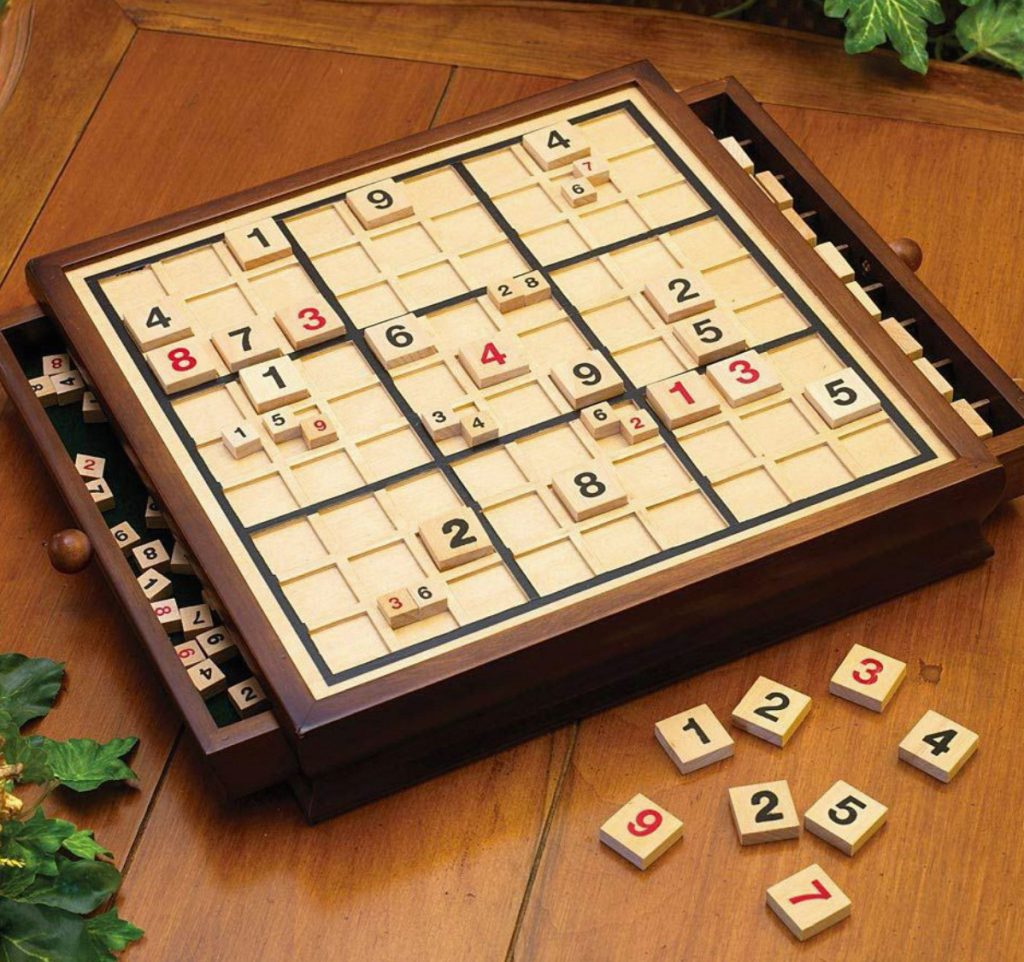
Part 2: Laying the Foundation
Mechanics Matter:
The mechanics of a game are its beating heart, determining how players engage with the board and with each other. Whether you opt for dice rolls, card drafting, or a blend of various elements, these mechanics play a pivotal role in shaping the gameplay experience. When deciding on the mechanics for your game, it’s essential to deliberate on the level of complexity you aim to achieve and select mechanics that seamlessly integrate with and amplify your chosen theme. Each mechanic should complement the overall concept and enhance the players’ immersion in the game world. By carefully considering and implementing the right mechanics, you can ensure that your game not only provides an enjoyable and cohesive experience but also elicits a sense of depth and strategic engagement, catering to the preferences of your target audience. As such, choosing the mechanics is a key step in bringing the vision for your game to life.
Board Design:
This is where your artistic side can shine! Sketch out a rough layout of your board, keeping in mind the number of players, the flow of the game, and the visual representation of your theme. Don’t worry about making it perfect at this stage; focus on functionality and a clear path for players to follow.
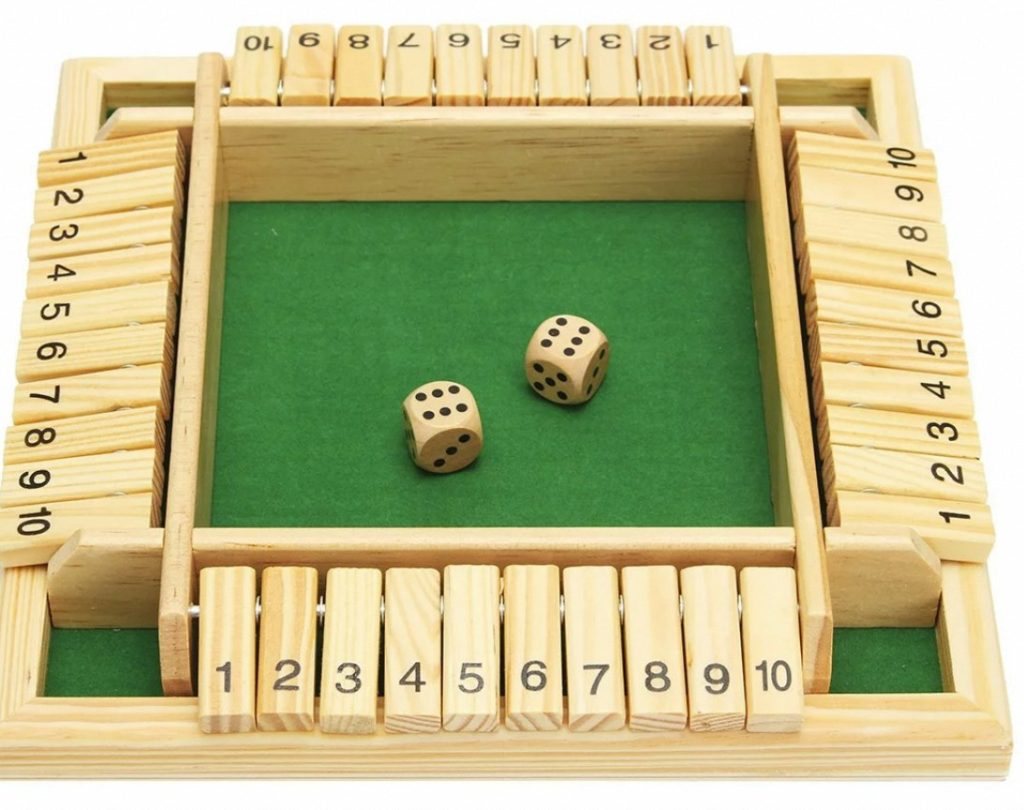
Part 3: Breathe Life into Your Game
Crafting the Components:
The process of creating the physical components of your game can be an immensely enjoyable experience. You have the freedom to bring your vision to life. You can use simple materials such as cardboard, paper, and buttons. This phase allows you to unleash your creativity. You can design components that serve their purpose and enhance the overall experience. It’s important to ensure that the design is coherent with the theme and mechanics. It should also be visually appealing and easy to understand for the players. Elements such as vibrant colors, intuitive symbols, and durable materials can greatly enhance the tactile and visual aspects of your game. This can contribute to a more immersive and enjoyable gameplay experience. By leveraging this opportunity to design the physical components, you can add a layer of artistry and craftsmanship. This will further elevate the appeal and quality of your game.
Rule the Game:
Now, it’s time to delve into the creation of the game rules, a crucial aspect of the game development process. Begin by establishing a clear and attainable objective for players to strive for, providing a focal point for their efforts. Then, systematically outline the steps of a turn, delineating player actions, potential outcomes, and ultimately, the pathway to victory. Using concise language and incorporating simple diagrams can significantly enhance the clarity and accessibility of the rules. Clear and well-defined rules are essential. They ensure that players can easily comprehend and navigate the game mechanics. This fosters a smooth and enjoyable gaming experience. It’s important to continuously fine-tune and revise the rules. This ensures that they are comprehensive and unambiguous. They should address any potential areas of confusion or ambiguity. Well-crafted rules not only facilitate smooth gameplay but also contribute to the overall satisfaction and enjoyment of the game. This underlines their pivotal role in the game development process.
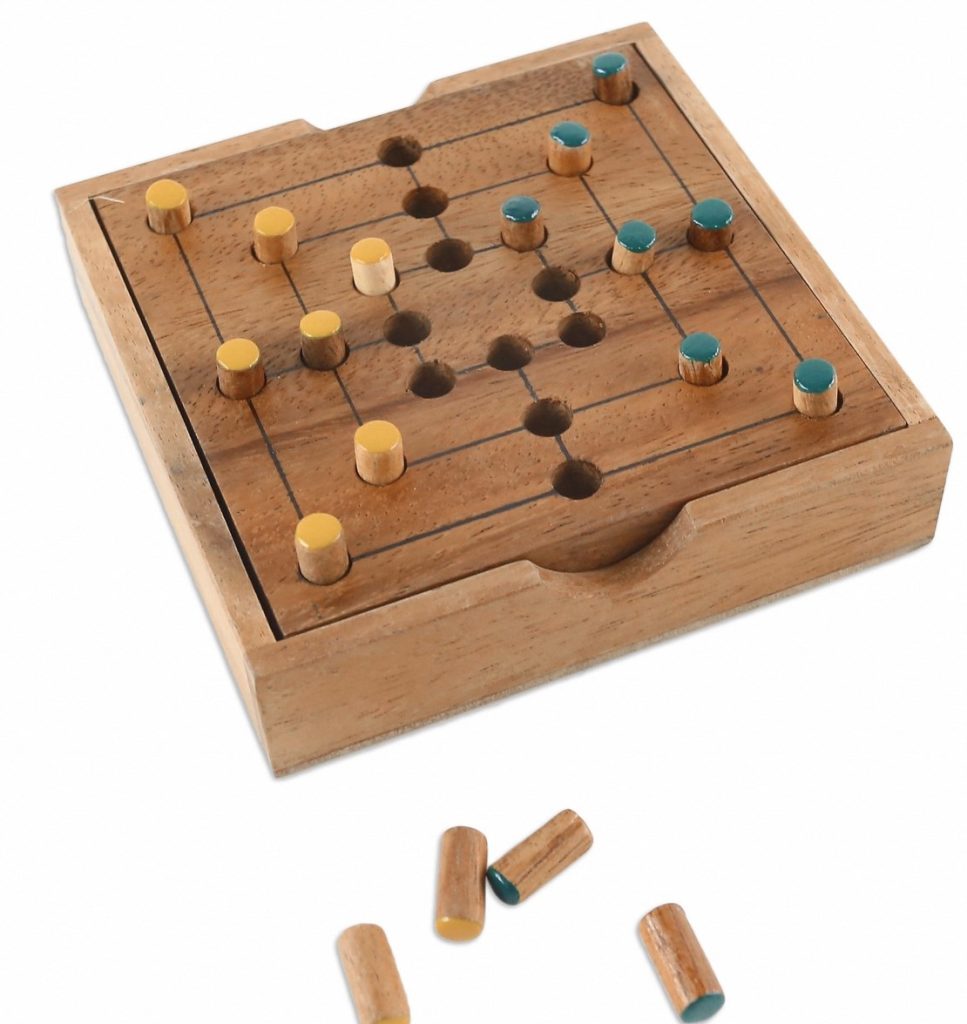
Part 4: Testing, Refining, and Sharing Your Masterpiece
Playtesting is Key:
Gather your friends and family for the most important step – playtesting! This is where you get valuable feedback on the game’s balance, clarity of rules, and overall fun factor. Be prepared to make adjustments based on their experience.
Spread the Word! Once you’ve refined your game and are happy with the results, consider sharing it with the world! Online platforms allow you to upload your game files for others to print and play. You can even explore self-publishing options to make physical copies available.

Crafting your own board game is a rewarding experience that allows you to unleash your creativity and share it with others. Don’t be afraid to experiment, have fun, and remember, the most important element is creating a game that brings people together for laughter, friendly competition, and a truly unique gaming experience.
